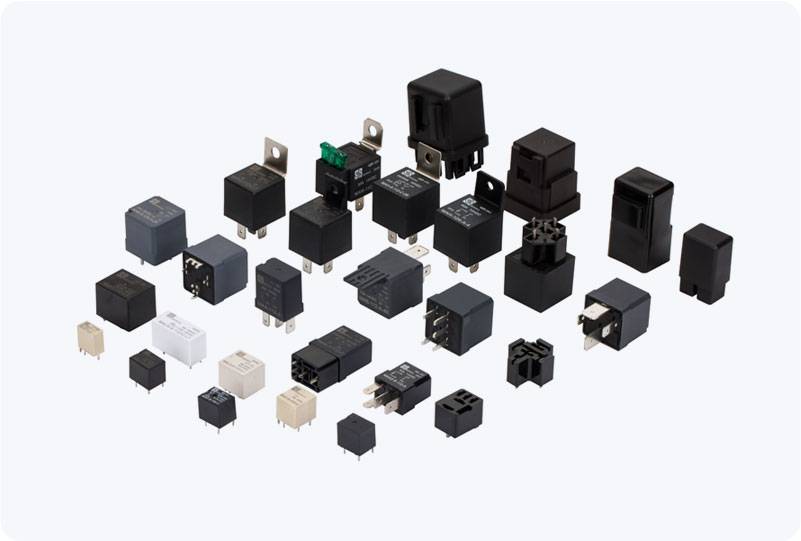In the oil and gas industry, safety is of utmost importance, particularly when dealing with environments prone to explosive hazards. Whether it’s an oil refinery, offshore drilling rig, or natural gas processing plant, these facilities are at risk of encountering flammable gases, vapors, and dust. To safeguard personnel, equipment, and operations, the use of explosion-proof electrical components is crucial. One such critical component is the Explosion-Proof Relay, a device that plays an essential role in preventing electrical sparks or arcs from igniting hazardous substances. This article explores the significance, design, and applications of explosion-proof relays in the oil and gas industry.

The Role of Explosion-Proof Relays An explosion-proof relay is a specialized electrical device designed to control electrical circuits in hazardous areas. Its primary function is to operate safely in environments where flammable gases, vapors, or dust may be present, thus preventing potential ignition sources within electrical circuits. These relays are essential in ensuring the safe operation of machinery, control systems, and other electrical infrastructure in the oil and gas industry. Electrical circuits in oil and gas facilities are often subject to volatile conditions. A small spark or arc could lead to catastrophic explosions, potentially harming workers and damaging equipment. Therefore, explosion-proof relays are engineered with an extra layer of protection to contain any potential sparks or arcs within their enclosure, keeping hazardous materials from coming into contact with these sparks.
Leave a Reply